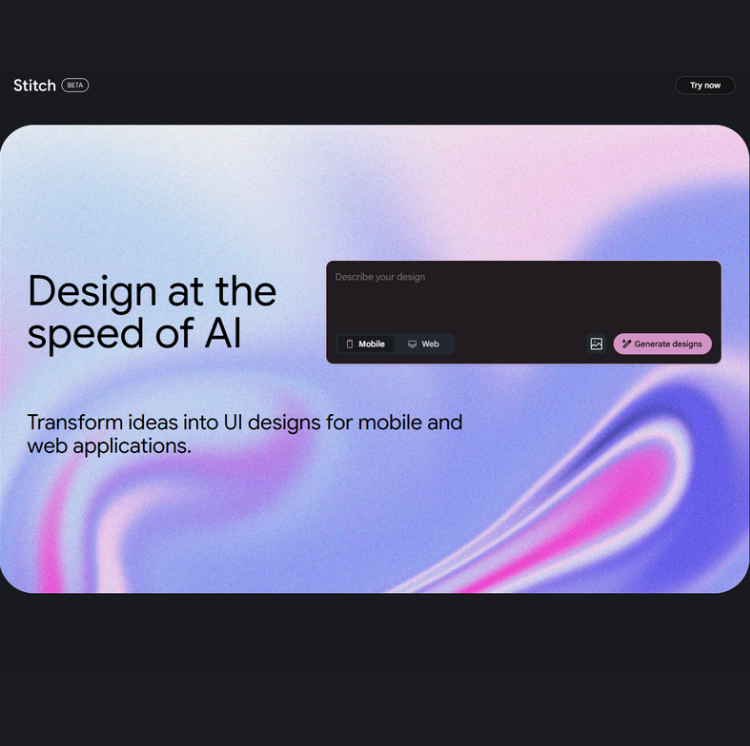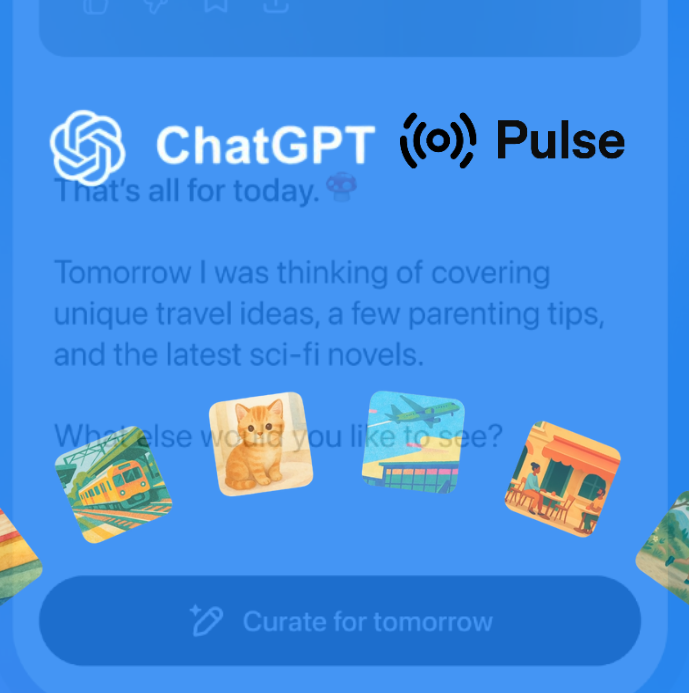
Designing user interfaces has always required a mix of imagination and patience. You sketch an idea, refine it in tools like Figma, and eventually hand it off to developers. Google Stitch, a new experiment from Google Labs, wants to shrink that cycle from hours to minutes. By combining AI text-to-design prompts, sketch recognition, and code export, it’s positioning itself as a “creative partner” for designers, engineers, and even non-designers who just want their idea on screen fast.
So… How well does Stitch live up to its promise? Let’s break it down.
What Google Is Saying
According to the official Stitch page, the tool is meant to “turn rough ideas into polished prototypes.”
You can:
-
Type a text description of what you want (“A login screen with Google sign-in and a big blue button”)
-
Upload a photo of a hand-drawn wireframe
-
Get a ready-made UI design with interactive links and multiple variations
-
Export it into Figma for polish or directly into HTML/CSS for codebases
-
Google frames Stitch as a Figma accelerator - something to bridge brainstorming and build.
Connecting Top Voices about Google Stitch
The sleepy Panda from AICodeKing channel covered the tool a 3 months ago, admiring its capability of rapidly converting sketches or text prompts into design mockups, with decent fidelity and useful for ideation.
https://www.youtube.com/watch?v=8M7MMu89jrs
2 weeks ago the sleepy panda uploaded a new updated video review that stresses recent upgrades: more generation stability, fewer errors when interpreting sketches, and more polish in UI components (buttons, typography, spacing). They also point out that while the tool is much stronger now, there remain edge cases where human design judgement is still required - especially for branding, advanced interactions, or highly custom UIs.
https://www.youtube.com/watch?v=TB9ZniiLF9w
Here you can see Julian Goldie explains how Stitch, true to its version of 3 months ago, is great for brainstorming, early mockups, and saving time, but not yet reliable for deep or full-scale projects.
https://www.youtube.com/watch?v=yivIEm_nvZA
Finally, the video review by WorldofAI YouTube channel shows improvements in Stitch’s interface, more stable sketch recognition, and better output in terms of consistency/style alignment - users get more predictable, cleaner UI designs. Also notable is enhanced export options and smoother workflow integration (e.g. with Figma or code), making it more useful beyond just quick mockups.
https://www.youtube.com/watch?v=aajr_uhJV3A 
Google Stitch vs Other Design Tools
What’s new compared to traditional design tools?
-
Prompt & Sketch to Design → Instead of starting from a blank canvas, you start with words or doodles.
-
Interactive Links → Screens are clickable right away, giving you a flow without manually connecting artboards.
-
Style Transfer → You can apply different looks (think Material vs. flat vs. skeuomorphic) on the same wireframe.
-
Exports → Unlike whiteboard tools, Stitch hands you production-friendly HTML/CSS alongside Figma files.
Where Stitch overlaps with others:
-
Figma already has AI plugins for auto-layout and copy generation.
-
Tools like Galileo AI or Uizard also convert prompts into prototypes.
-
Stitch’s differentiator is the Google integration and its relatively clean HTML/CSS handoff.
What That Means (In Human Words)
Think of Stitch as a design genie: you say what you want, it drafts it in seconds. You can then refine the draft instead of starting from scratch. It’s not going to replace your design team for a 100-screen app, but for pitching ideas, testing flows, or getting something visual for stakeholders tomorrow morning - it’s a lifesaver.
From the LogRocket review, the highs were speed, ease of use, and Figma export. The lows? Complex designs still need a human touch, and since it’s in beta, occasional quirks are expected.
Bottom Line
-
Availability: Currently free under Google Labs (access may change as it develops).
-
Setup: Browser-based, no installs. Log in, type, sketch, go.
-
Cost: Free for now, with usage limits.
Each user gets 350 generations per month in Standard mode and 50 in Experimental mode.
These allowances may change as Stitch evolves. -
Target Users: Designers, product managers, developers - or anyone who has ideas but struggles to visualize them quickly.
-
Strengths: Fast, intuitive, great for prototyping, integrates with Figma and codebases.
-
Weaknesses: Limited for large or complex projects, still in beta.
-
Best Use Case: Early-stage ideation, design sprints, quick stakeholder mockups.
FrozenLight Perspective
Big tech knows design bottlenecks are real, and AI can smooth them out. For product teams, that means fewer excuses for “we don’t have time to prototype.” For startups, it levels the playing field – now a single founder with an idea can produce a clickable mockup in minutes.
Still, remember: design is more than screens. Good UX comes from understanding people, not just generating pixels. Stitch is a great co-pilot, but you’re still in the pilot’s seat.
And you need to know what you want. Vision, testing, and improvement don’t end with the first draft. Everyone’s focused on how quickly you can get started, but we’re here to remind you: once you launch, there’s always more to improve. That’s the mindset you need to get real value from AI tools like this.







